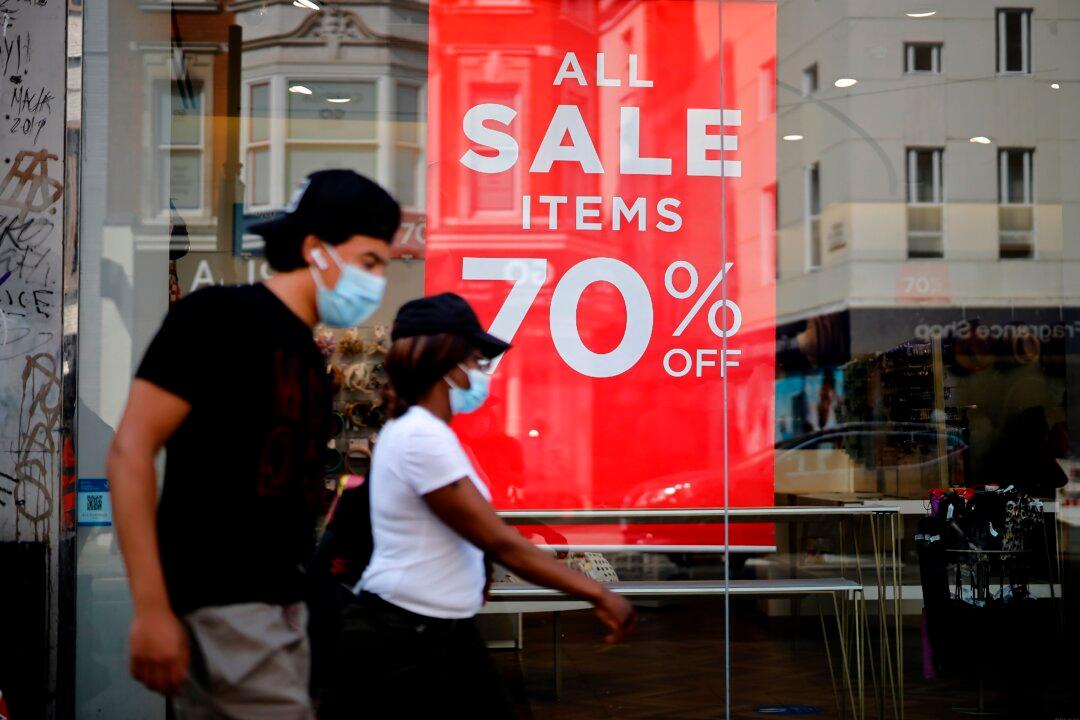Lockdown pushed store closures to record levels during the first half of the year, according to newly published figures, but the number of new stores being opened held steady.
Overall, the number of stores dropped by 6,000 in the first half of 2020, compared with 3,500 the year before, according to an Oct. 18 analysis by PwC.





